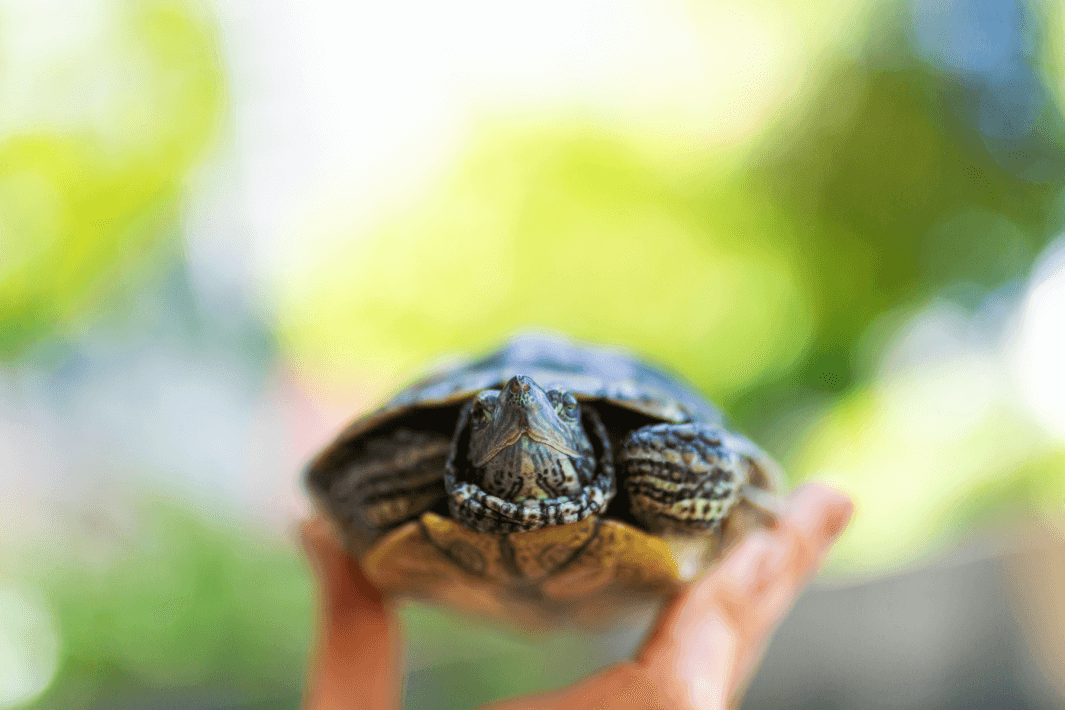How to Train Your Pet Tortoise to Recognize You and Respond to Feeding
Tortoises are intriguing animals and can be delightful pets because of their distinct personalities and calm nature. While they might not appear to be trainable like dogs or cats, tortoises can actually learn to recognize their owners and respond to certain routines, especially when it comes to feeding. Teaching your tortoise to identify you and react during feeding times can enhance your bond, make mealtimes more enjoyable, and help keep your tortoise healthy and active.
Let’s look at some friendly and effective ways to train your tortoise to recognize you and respond to feeding.
1. Understanding Your Tortoise's Behavior
Before diving into training, it’s important to grasp how tortoises perceive their environment and interact with it. Unlike dogs or cats, tortoises depend largely on their sight and smell to identify familiar people, objects, and food.
Tortoises are creatures of habit and thrive on routines. Once they begin to associate a specific person with food, they can learn to recognize that individual. Patience is crucial, as tortoises learn at a slower pace than other pets, but with consistent effort, they will start to respond positively to you.
2. Establishing a Routine
The first step in training your tortoise to recognize you is to create a consistent routine. Tortoises thrive on predictability, and setting a routine around feeding times will help them link you to their favorite part of the day – food!
- Choose a Specific Time: Feed your tortoise at the same time every day. This way, your tortoise will start to expect feeding time and see you as the one who provides their meals.
- Consistent Location: Always feed your tortoise in the same place. This helps them connect a specific spot with feeding time, making the routine more predictable and less stressful for your tortoise.
3. Use Visual Cues
Tortoises depend heavily on their sight. One effective way to help them recognize you is by using consistent visual cues during feeding. For instance:
- Wear the Same Color: Tortoises can learn to identify certain colors, so wearing the same color shirt or jacket while feeding them can serve as a visual cue. Over time, they will start to associate that color with you and feeding time.
- Movement: Tortoises are observant and can learn to recognize familiar movements. If you always approach their enclosure in a particular manner (like walking slowly or carrying a specific bowl), your tortoise will begin to recognize your movement pattern and link it to food.
4. Positive Reinforcement During Feeding
Using positive reinforcement is a great way to train most animals, and tortoises are no different. The goal is to make feeding time enjoyable for your tortoise, so they start to look forward to your visits and what you bring along.
- Offer Favorite Foods: Find out what your tortoise loves to eat, whether it’s leafy greens, certain fruits (in moderation), or specific vegetables, and incorporate these into your training sessions. Providing their favorite treats during feeding will motivate them to come to you.
- Reward with Patience: Whenever your tortoise shows any sign of recognition, like moving toward you as you approach, reward them with a delicious treat. This helps create a positive connection between you and the reward.
5. Calling Your Tortoise During Feeding
Believe it or not, you can teach your tortoise to respond to your voice! It might sound surprising, but tortoises can become accustomed to certain sounds, especially when those sounds are linked to feeding time. Here are some simple steps to follow:
- Use a Consistent Word or Sound: Pick a word or phrase like “Come eat!” or a sound, such as tapping the food dish or gently clapping. Use this sound every time you feed your tortoise.
- Speak Softly: Tortoises don’t react well to loud noises, so always use a calm, soft voice when calling them to eat.
- Repetition is Key: The more you repeat the word or sound, the more likely your tortoise will connect it with feeding time. Eventually, they’ll learn to come to you when they hear that sound.
6. Patience and Consistency
Tortoises are not exactly known for their quick learning skills. Training your tortoise to recognize you and respond during feeding times will require some time, so it’s crucial to be patient and consistent. It may take weeks or even months for your tortoise to start responding regularly, but the effort will pay off.
- Short Sessions: Keep training sessions brief and enjoyable for your tortoise. Long training periods can be overwhelming for them.
- Celebrate Small Wins: Every little progress matters! If your tortoise begins to move toward you more quickly or recognizes your voice, celebrate those small victories with gentle praise and their favorite treats.
7. Avoid Overfeeding and Maintain a Balanced Diet
Feeding time is a wonderful chance to build recognition and trust, but it’s vital not to overfeed your tortoise. Pet tortoises can easily become obese if they are overfed or given too many treats. Ensure your tortoise has a balanced diet that mainly consists of leafy greens and vegetables, with fruits offered only occasionally.
- Keep Portions Controlled: Stick to suitable portion sizes based on your tortoise’s size and species. If you’re unsure about the right diet, consult your vet.
- Offer Variety: While it might be tempting to always give your tortoise their favorite food, variety is key. Provide different types of leafy greens, vegetables, and the occasional fruit to ensure they have a well-rounded diet.
8. Create a Calm and Comfortable Environment
Your tortoise will be more open to training if they feel relaxed and secure in their surroundings. Ensure their enclosure is spacious, clean, and has all the essentials, including hiding spots, basking areas, and fresh water. A comfortable tortoise is more likely to interact with you during feeding and training sessions.
- Minimize Stressors: Loud noises, sudden movements, or too many people nearby can make your tortoise anxious. Keep the atmosphere calm and quiet during feeding time to help reduce stress.
- Provide Enrichment: Introducing environmental enrichment, such as new objects to explore or changes in the enclosure, can keep your tortoise mentally engaged, making them more responsive during training sessions.
Wrapping It Up
Training your pet tortoise to recognize you and respond during feeding is a fulfilling experience that can enhance your bond with your shelled friend. While it requires time and patience, a mix of consistent routines, positive reinforcement, and gentle encouragement will help your tortoise become more interactive and trusting.
Keep in mind that every tortoise is unique, and they all learn at their own pace. The important thing is to enjoy the journey and celebrate each small achievement. Before long, you’ll see your tortoise responding to your voice, recognizing your presence, and eagerly anticipating feeding time! Happy training!
